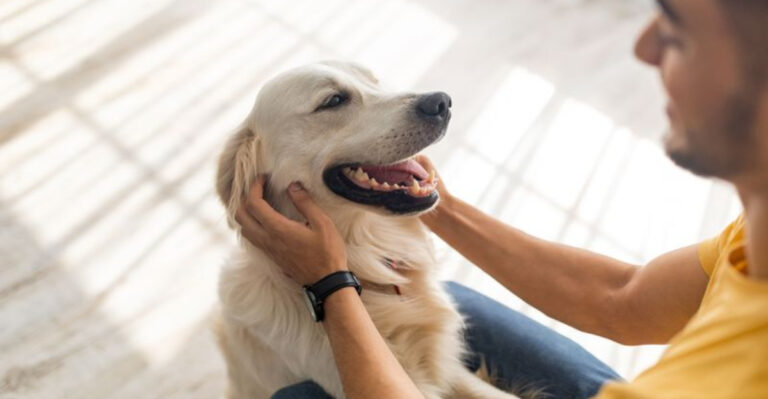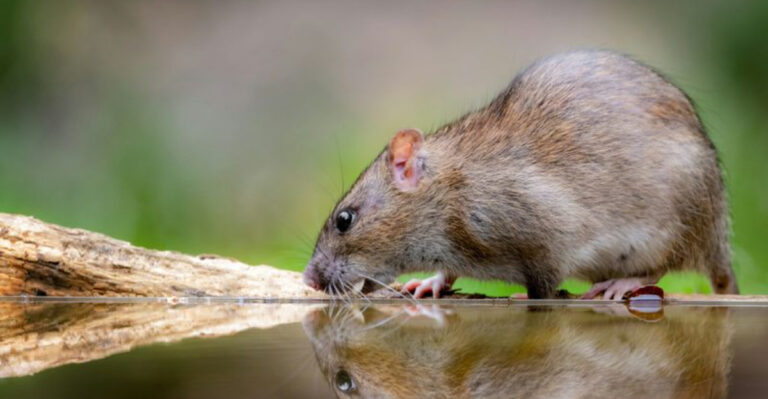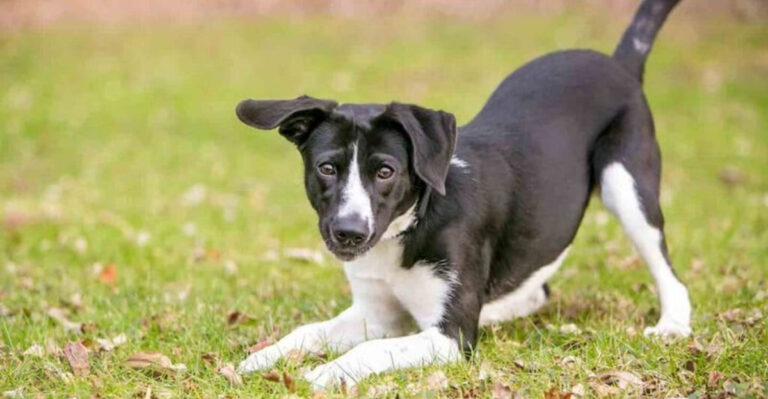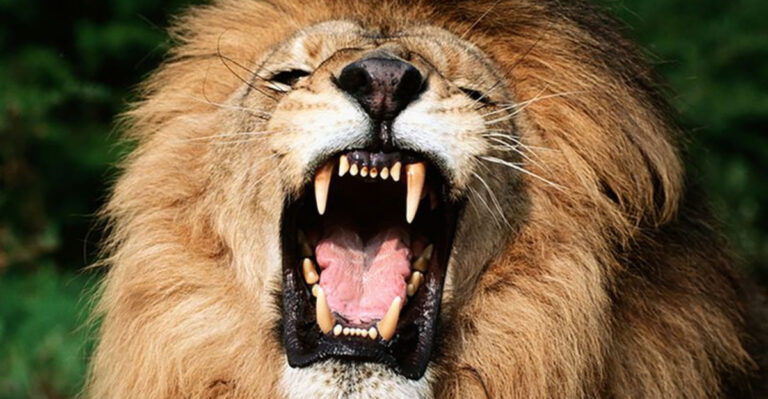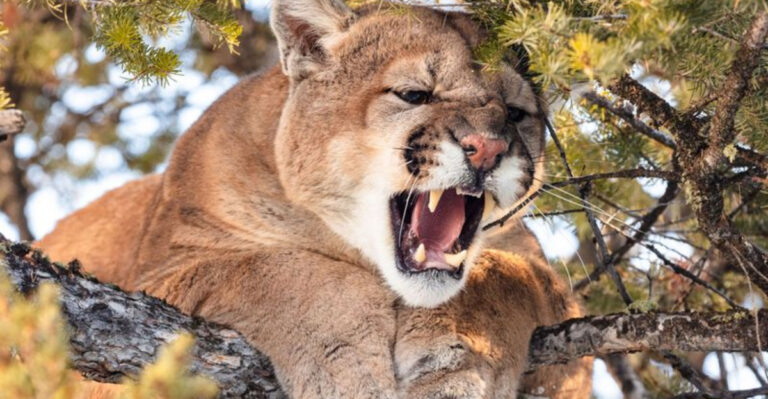10 Dangerous Wild Animals That Could Harm Your Dog
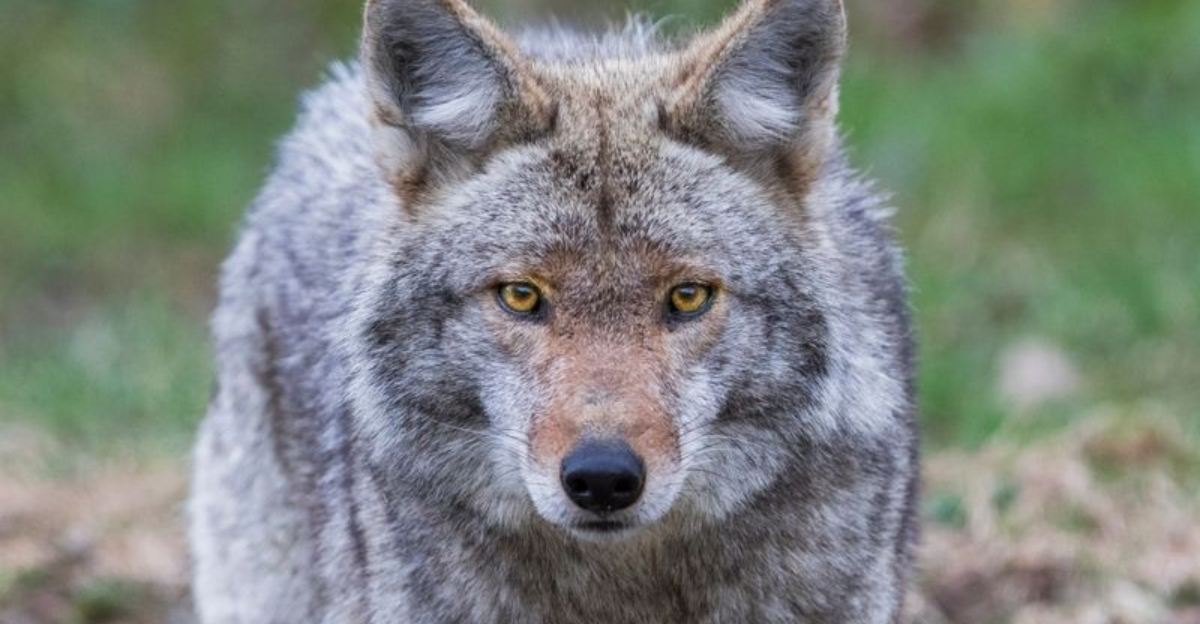
Our dogs are cherished members of the family, and keeping them safe is always a top priority. While home may feel like a safe haven, stepping into the wild opens up new risks from wild animals.
In this list, we’ll take a look at wild creatures that could pose a danger to your dog.
1. Raccoons
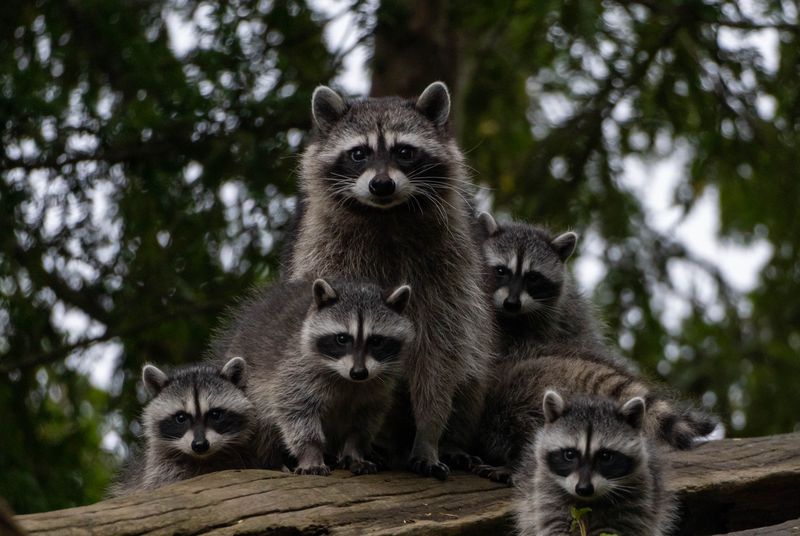
Raccoons may look cute, but they can be dangerous for dogs.
These nocturnal animals are carriers of rabies and can become aggressive if threatened.
Dogs, being curious, might try to chase or engage with raccoons, which could lead to bites or scratches. To keep your dog safe, avoid areas where raccoons are common, especially at night, and make sure trash cans are secure to prevent attracting them.
Always supervise your dog on evening walks and keep them on a leash to avoid any dangerous encounters.
2. Porcupines
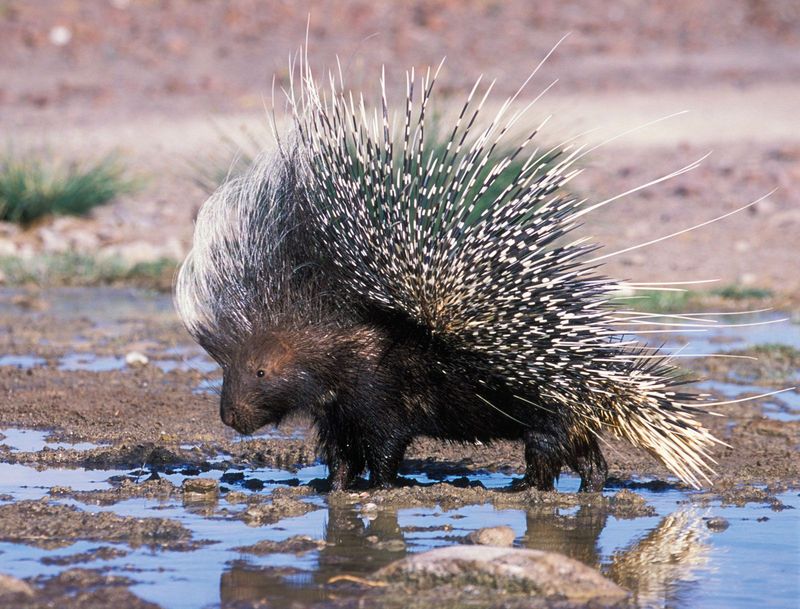
Porcupines might seem like a creature your dog would never encounter, but they are more common than you think.
These quill-covered critters can pose a painful threat if your dog approaches them too closely.
A curious sniff could lead to a face full of quills, and extracting them is no easy task. The sharp barbs can become embedded deep in a dog’s skin.
If your dog does get too close, it’s crucial to seek veterinary care immediately. The vet can safely remove the quills without causing further harm or infection to your pet.
3. Foxes
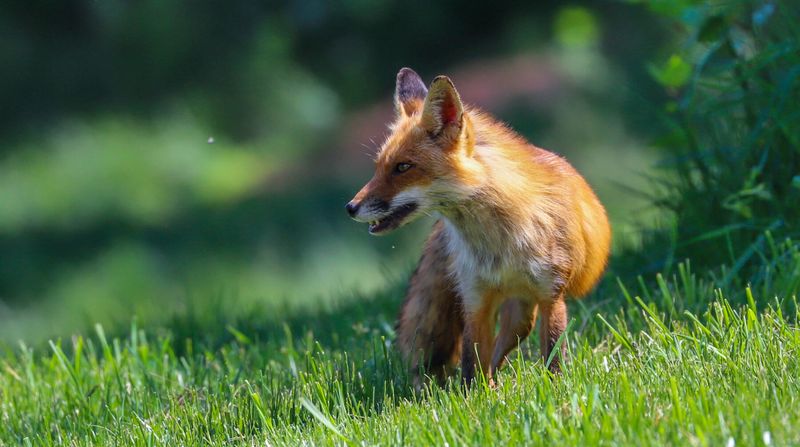
Foxes are generally shy and avoid humans, but they can still pose a risk to dogs. While not usually aggressive, they can carry diseases like rabies, which could be transmitted through bites or scratches.
To protect your dog, make sure they’re up to date on vaccinations. Since foxes are most active in the early morning and late evening, always keep your dog on a leash and supervise them during these times.
Avoid leaving food outside, and if you encounter a fox, give it space and let it move away.
4. Hawks
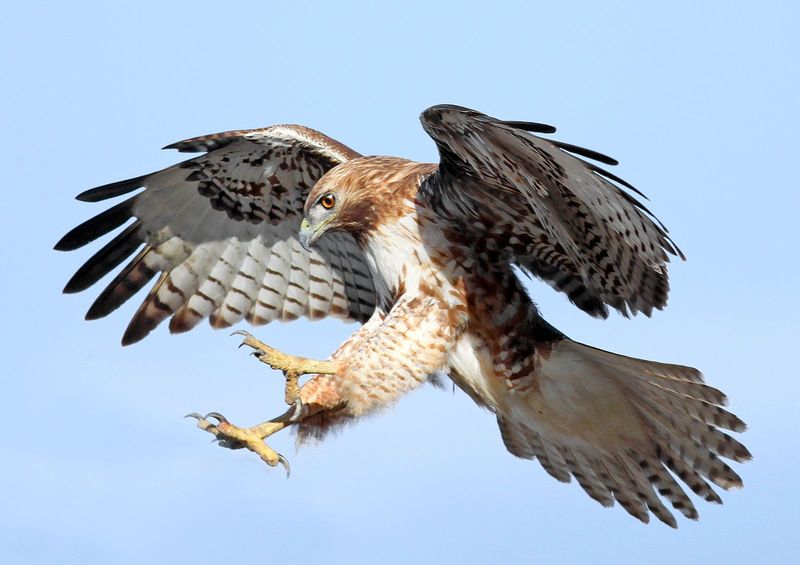
Hawks and other birds of prey can pose a significant threat to small dogs, especially in areas where these hunters are common. With their sharp eyesight, hawks can quickly swoop down and snatch up small animals.
To protect your dog, always supervise them outdoors, particularly in open spaces. You can also use a covered playpen or keep a close eye on them during outdoor activities.
If you notice hawks in the area, consider keeping your dog indoors to avoid potential danger.
5. Mountain Lions
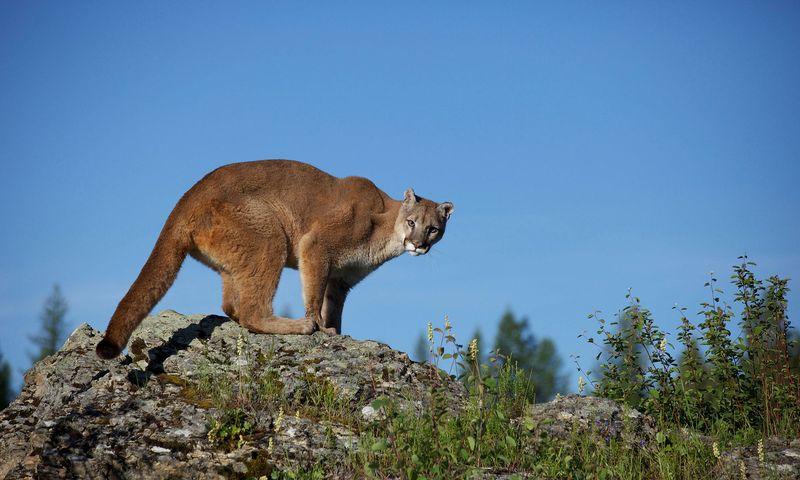
Mountain lions, or cougars, are stealthy predators that can pose a serious threat to dogs, especially in areas with dense forests or mountains.
These solitary hunters may be drawn to dogs because of their size and movement. To keep your dog safe, always keep them on a leash and close to you, especially when hiking or camping.
Avoid hiking during dawn or dusk when mountain lions are most active, and make noise to help deter them. If you encounter a mountain lion, don’t run—stand your ground, appear larger, and speak firmly to protect yourself and your dog.
6. Coyotes
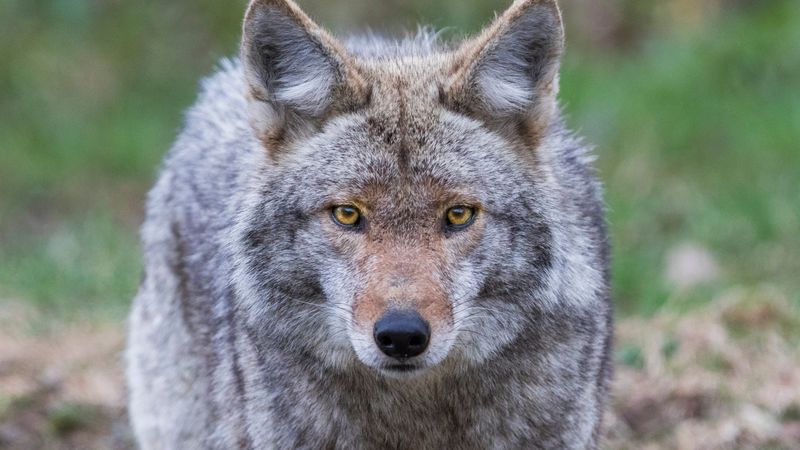
Coyotes are becoming more common in suburban areas, posing a serious threat to dogs, especially small ones.
These clever predators are known for their adaptability and can easily jump over fences, making them a potential danger during twilight hours when they’re most active.
To keep your dog safe, always supervise them during evening walks and keep them on a leash. Coyotes are particularly active during mating season and can become more aggressive, often hunting in packs, which makes them a bigger threat to dogs left alone in backyards.
Installing motion-activated lights and securing your yard can help deter coyotes, and carrying a whistle or air horn during walks can help scare them off.
7. Bears
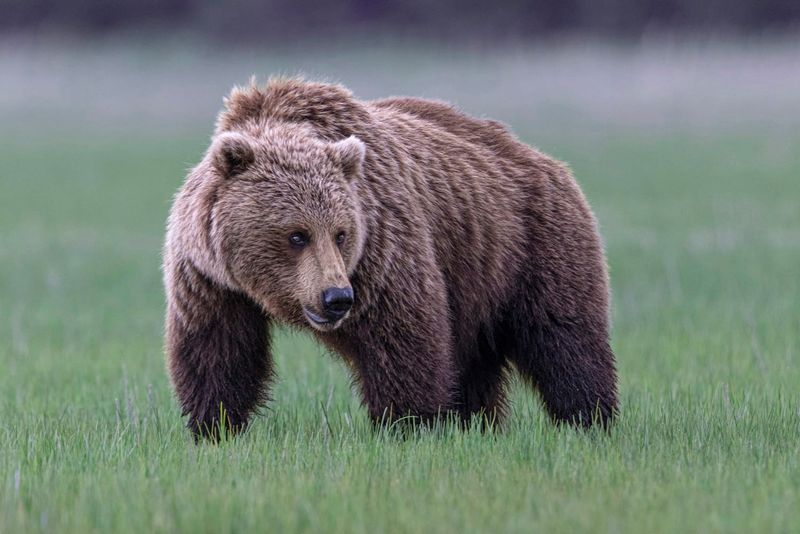
Bears are powerful creatures that can pose a serious threat to dogs, especially in areas where bears are common. Dogs may instinctively bark or chase, which can provoke a defensive response, particularly from mothers protecting their cubs.
To stay safe, always keep your dog on a leash and avoid areas known for bear activity during hikes or camping.
In bear-prone regions, carry bear spray, make noise to alert bears of your presence, and ensure your dog is trained to stay close and not engage with wildlife. If you encounter a bear, remain calm, back away slowly, and keep your dog near you—never run, as this could trigger a chase.
8. Snakes
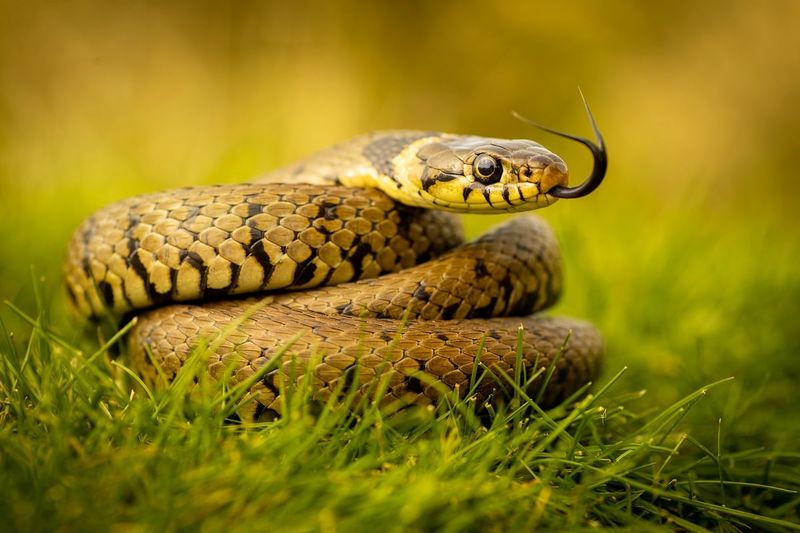
Snakes, especially venomous ones like rattlesnakes, pose a real danger to dogs, particularly in warmer climates where they are more common.
Dogs, driven by curiosity, may unknowingly provoke a snake by sniffing or pawing at it. To reduce the risk, stay aware of your surroundings when hiking or walking your dog, especially in snake-prone areas.
During snake season, typically from spring to fall, keep your dog on a leash and stick to clear paths. Training your dog to follow the “leave it” command can be a lifesaver if they encounter a snake.
If a snake bites your dog, get veterinary help immediately—quick action can make all the difference.
9. Wild Turkeys
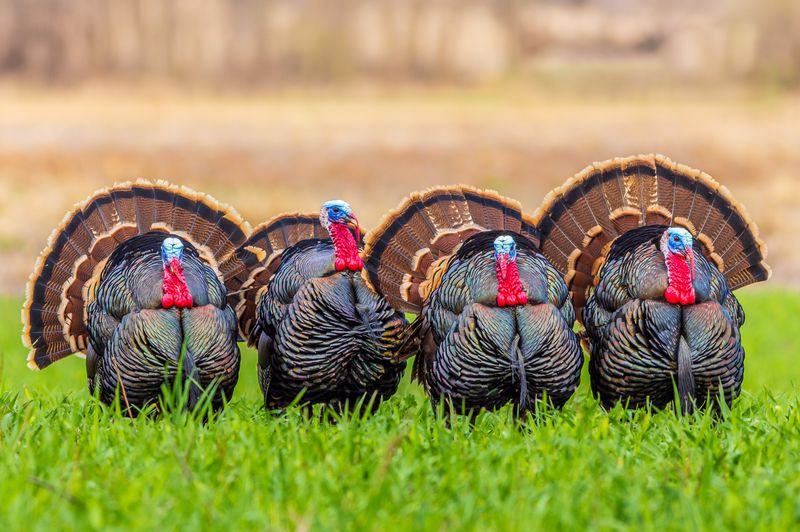
Wild turkeys are another unexpected animal that can pose a threat to dogs, particularly in rural areas.
These large birds are known for their boldness and can become aggressive if they feel threatened.
Dogs may see turkeys as prey and give chase, potentially leading to a confrontation. Turkeys defend themselves with powerful pecks and sharp talons.
It’s best to maintain a safe distance from these birds. If you encounter wild turkeys while walking your dog, calmly steer clear to avoid any aggressive behavior. Always ensure your dog is on a leash during such encounters.
10. Wolves
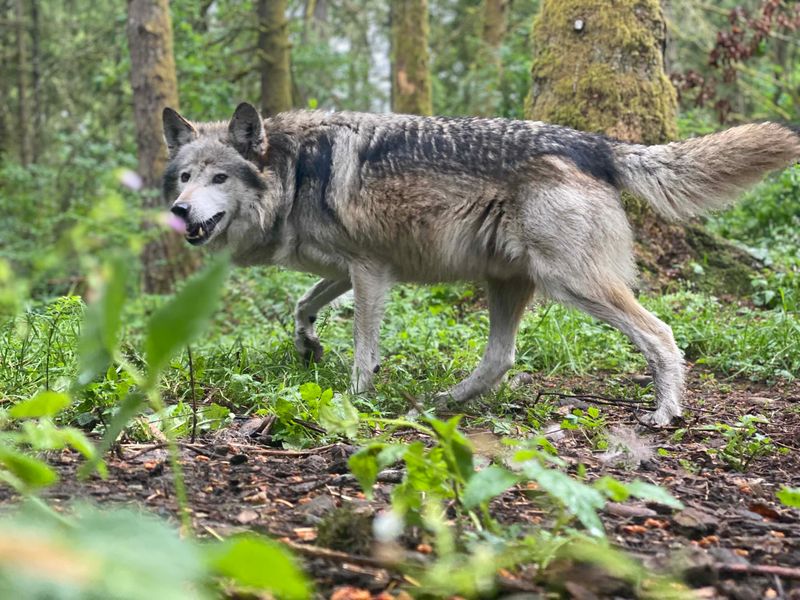
Wolves are majestic but formidable predators that can pose a threat to dogs, especially in remote areas. They are highly territorial and may view dogs as competitors or intruders.
While attacks on dogs are rare, they can happen if a dog ventures into wolf territory. Keeping your dog on a leash and close by can help prevent such encounters.
In wolf-populated areas, it’s best to travel in groups and avoid hiking at dawn or dusk when wolves are most active. If a wolf approaches, stand tall, make noise, and avoid turning your back—this can help keep your dog safe.

